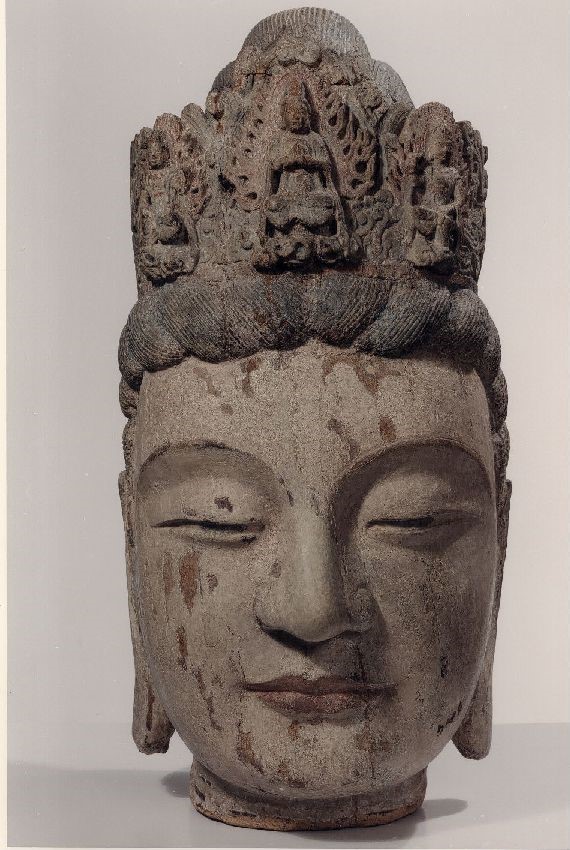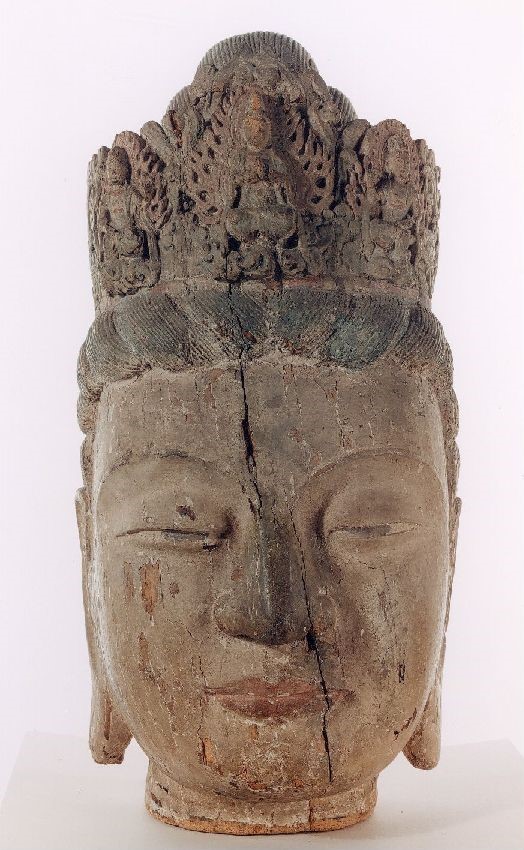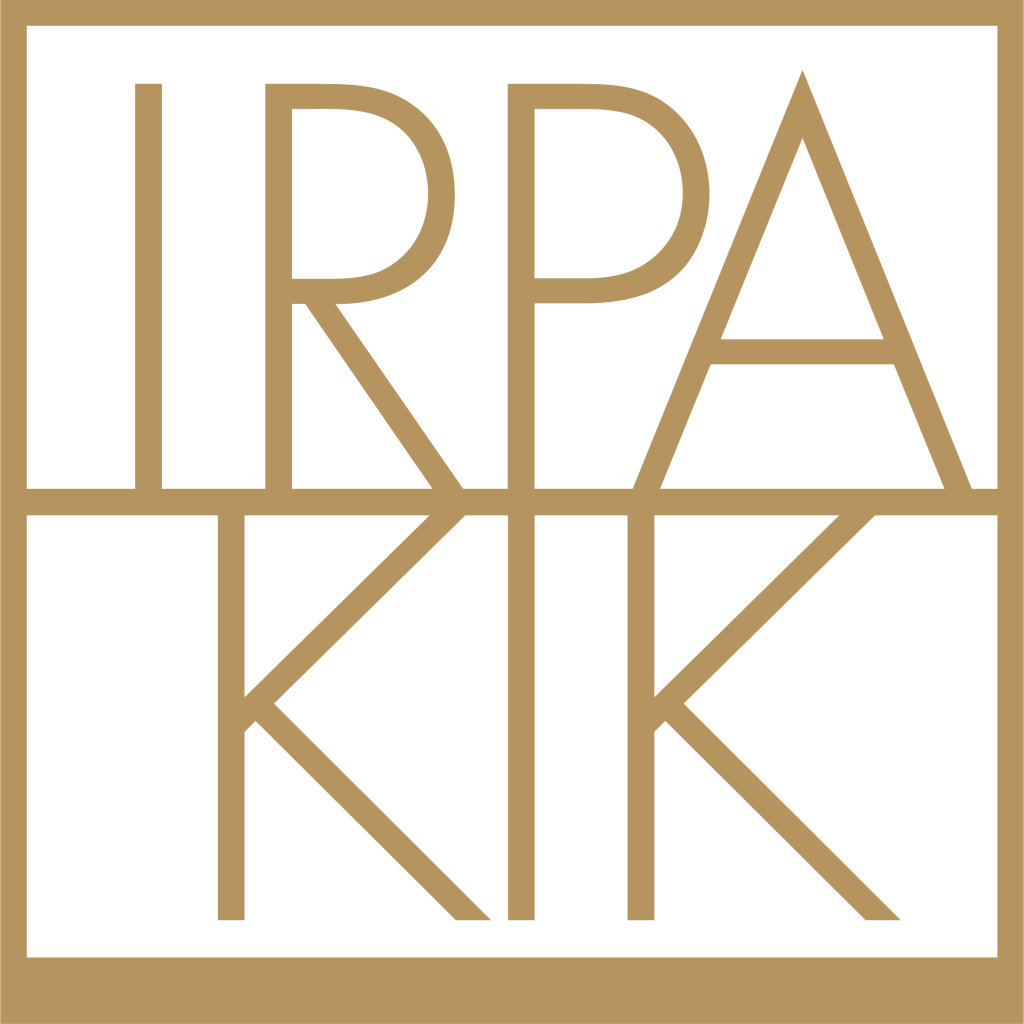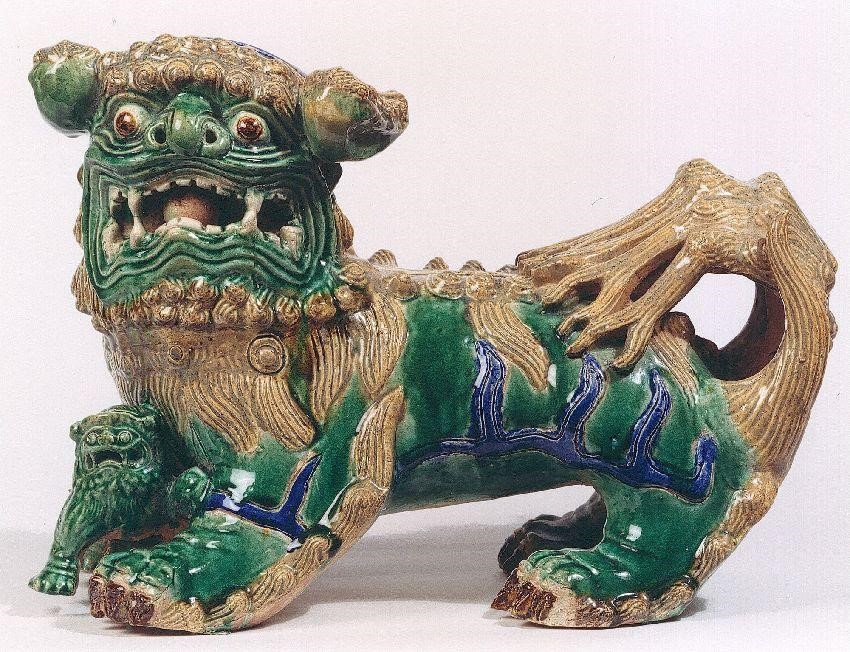image: Fô lion (19th century), Museum voor Oudheidkunde en Sierkunst en Schone Kunsten, Kortrijk. CC BY-SA KIK-IRPA, Brussels: KM011220.
KIK-IRPA and Chinese cultural heritage
KIK-IRPA studies the arts produced in Belgium from the Middle Ages to the 19th century. So one can wonder why we participated in a project focused on Chinese cultural heritage? Since historically one of the missions of KIK-IRPA was to make an extensive photographic inventory of the cultural heritage in Belgium much more artefacts were photographed than solely those falling within the limits mentioned above. Several museums and private collections preserve and exhibit Chinese cultural heritage (e.g. Chinese export porcelain) and parts of these collections were photographed and inventoried by KIK-IRPA, as well as made accessible through the website BALaT (“Belgian Art Links and Tools” http://balat.kikirpa.be). The metadata for these objects were (often quickly) copied from the local inventories or catalogues and reflect the status of knowledge at the time the photographs were taken. Another source for photographic material is when an art work enters KIK-IRPA for study, restoration or analyses by our researchers and specialists.
In the picture: in the late 90s KIK-IRPA was asked to participate in the restoration of a Bodhisattva head from the collection of the Musée royal de Mariemont (Morlanwelz-Mariemont). Every restoration project consists of photographs of the object before, during and after restoration. [KN007548 (after), KN005929 (before)]

Bodhisattva head (17th century), Musée royal de Mariemont, Morlanwelz-Mariemont. CC BY-SA KIK-IRPA, Brussels: KN007548 (after restoration). 
Bodhisattva head (17th century), Musée royal de Mariemont, Morlanwelz-Mariemont. CC BY-SA KIK-IRPA, Brussels: KN005929 (before restoration).
Digitization at KIK-IRPA – workflow
When a negative needs to be digitized a whole workflow is set in motion. There is first the selection. In general, and due to the enormous amount of negatives to digitize, priorities have to be set. These priorities are roughly divided into two groups: negatives that are in a fragile state or in the process of auto-degradation (an inherent process that can’t be stopped, only slowed down) and negatives that could be valorized for multiple reasons (publications by colleagues, orders by external “clients”, and all kinds of collaboration opportunities, including projects like “Pagode – Europeana China”, …). Our negatives are stored in a special acclimatized “bunker”, which is currently in the process of being renovated (an extremely complicated task awaits: up to 1,000,000 negatives need to be repackaged, moved and stored into an external repository, then the renovation works in the bunker starts and finally the negatives will be put back into newly compartmented “rooms” with different temperatures and humidity according to the different supports). But for the moment the negative, together with the 10 to 50 other negatives which are stored in the same box, is taken from the bunker to the digitization room, where it is gently cleaned. We don’t do restoration of the negatives. If by accident we stumble upon broken glass plates for instance, they are digitized separately and can subsequently be shown “digitally restored” online.
The standard digitization setup used is fairly simple: a Canon EOS 5Dsr (50,6 megapixel CMOS) with 50 mm, 70 mm and 100 mm objectives with a Kaiser “slimline plano” LED light box 42,9 x 30,9 cm. The RAW images are 8.688 x 5.792 pixels, and from those the preservation master (TIFF 6.0 uncompressed, 350 x 350 dpi, 48 bits per pixel) is created, which is also the base from which to create multiple derivates for different uses (from thumbnail to print quality files). On the web a simplified IIIF server is used to give the public access to images ranging from thumbnail view to high resolution zoom. Post-processing is done in Adobe Photoshop® and Lightroom®. For colour correction, aside from the manual work, the Negativ Lab Pro tool is used. And of course a final visual quality control is performed, ideally on another colleague’s work. After the digitization the negatives are repackaged in acid-free archival quality paper and boxes to be stored again in the climate bunker for long-term preservation, while the digital images are sent to multiple back-up systems and long term preservation digital centres.
about KIK-IRPA
The Royal Institute for Cultural Heritage (KIK-IRPA, Brussels is a Belgian scientific institution devoted to the study and conservation of the country’s rich cultural heritage. An interdisciplinary team of art historians, photographers, chemists, archaeologists, engineers and conservator-restorers carries out research on various aspects of cultural heritage objects such as materials and techniques used, production date and means to ensure their sustainable conservation. KIK-IRPA is a unique resource for scientific, photographic and technical documentation about Belgian heritage. An impressive photo library contains over one million photos and the BALaT online database displays more than 450,000 records (with more than 750,000 images) of cultural heritage objects, all freely accessible for personal use. The number of publications, courses, conferences and seminars reflect the important role KIK-IRPA plays in the preservation and promotion of Belgian heritage. KIK-IRPA contributed with around 150,000 items to Europeana, is a member of Photoconsortium, Time Machine and many other national and international organizations in the field of the study, conservation and restoration of works of art.
Discover: www.kikirpa.be

PAGODE – Europeana China is co-financed by the Connecting Europe Facility Programme of the European Union, under GA n. INEA/CEF/ICT/A2019/1931839

